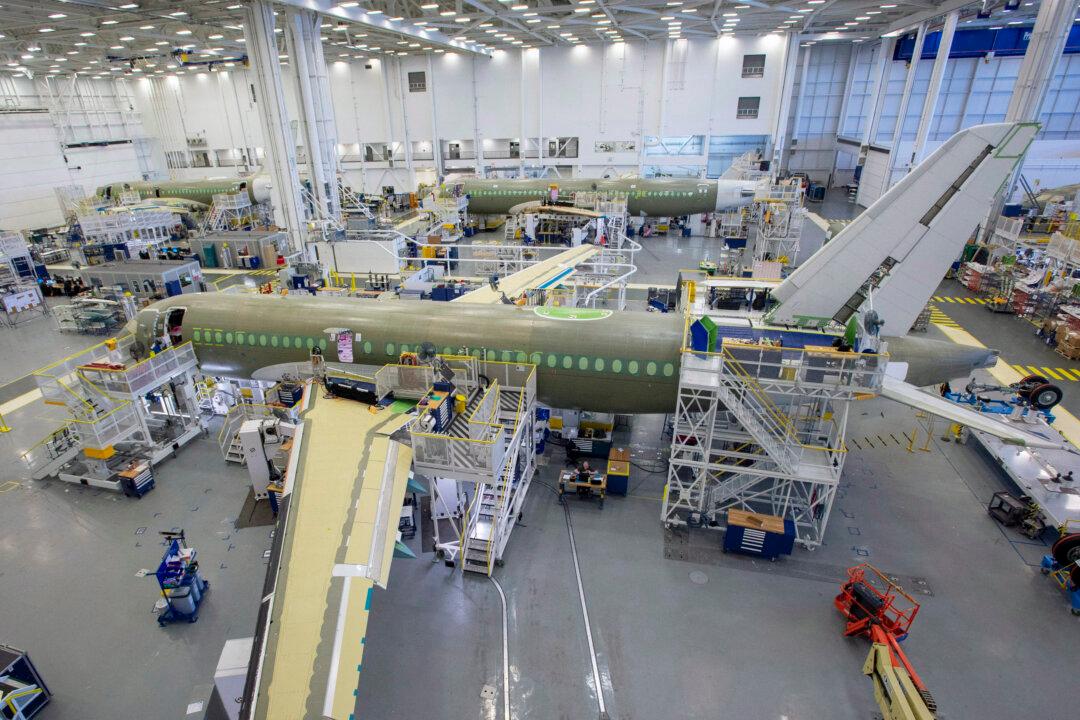News Analysis
If there’s one lesson that has emerged from the COVID-19 pandemic, it’s that Canada needs to ensure it can manufacture essential medical equipment. The outbreak is the latest turning point in a bigger picture for manufacturers to reduce risk in their supply chains and, notably, lower their dependence on China.





